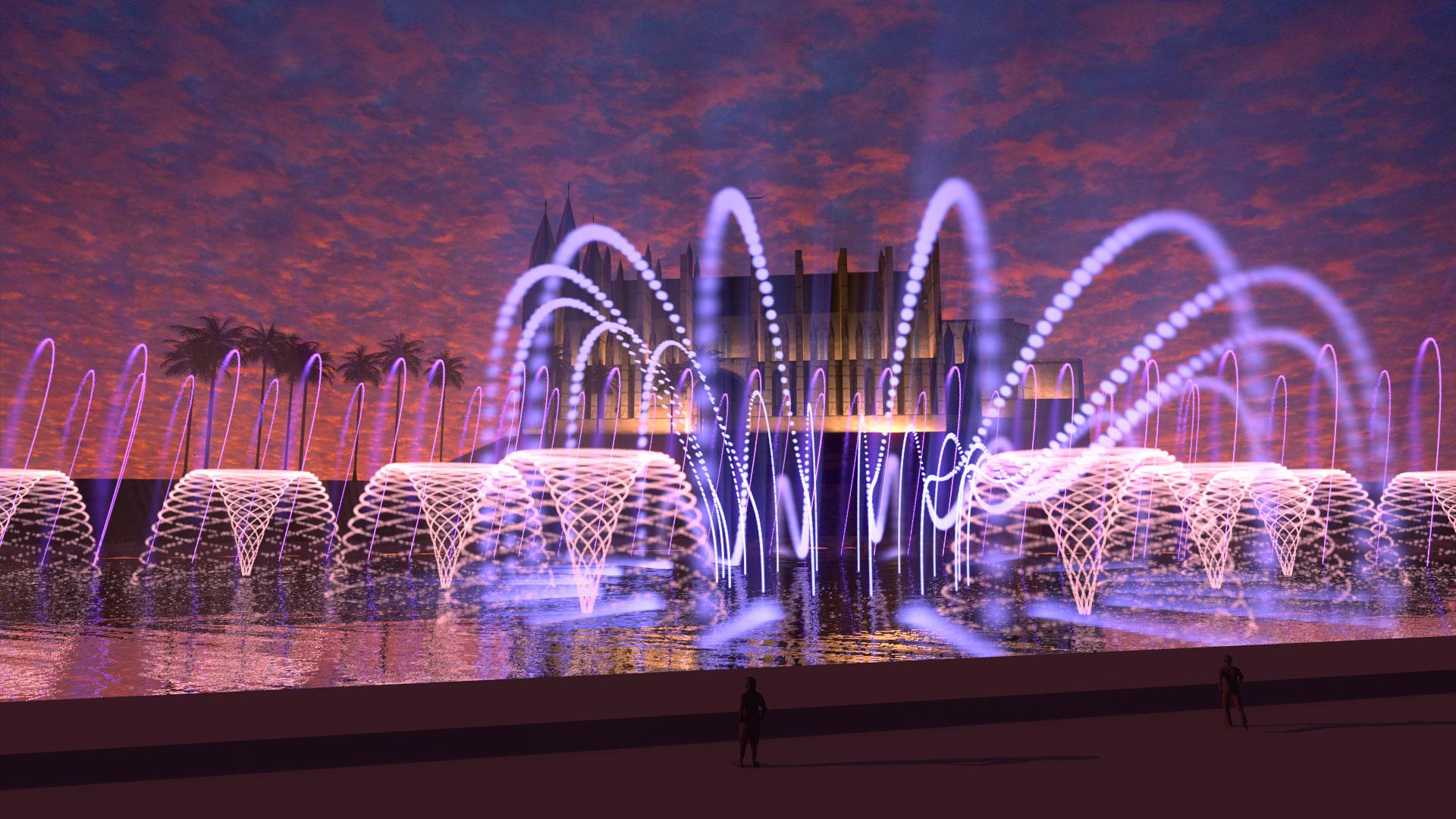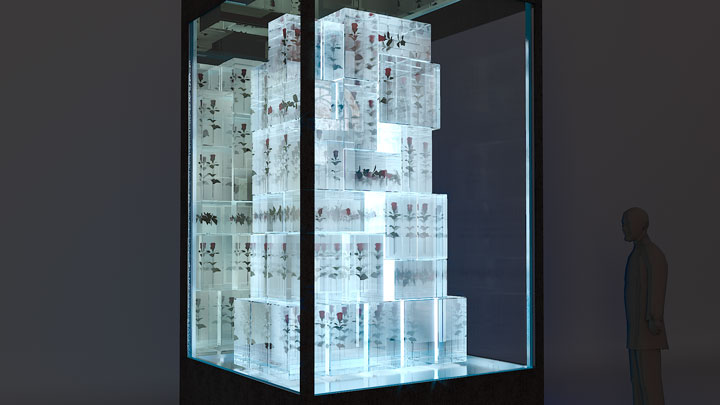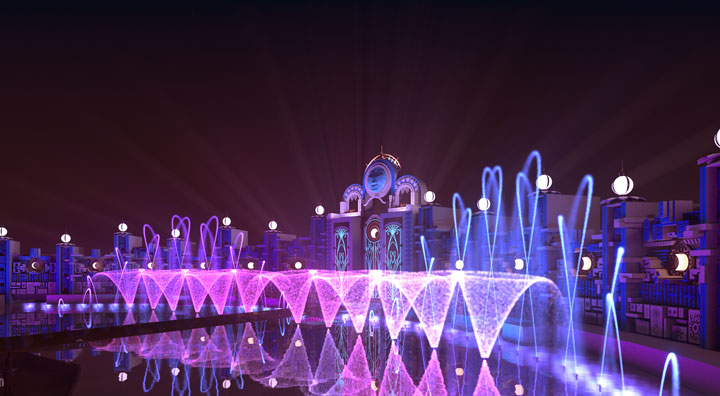
Our graphic designers manage to achieve highly realistic model sets and events. See if you can differentiate between reality and CGI!
Sébastien Loss, a graphic designer for Crystal Group for 10 years, reveals his work process.
How does a project begin?
Generally, I start with an idea submitted by a client, a discussion with Michel Amann or the managers of the different departments, a sketch or inspirational images. Next, everything happens on my computer and modelling software.
I then visit the event sites in order to refine certain details in relation to the actual conditions of the show.

Which software do you use?
I particularly like open source software that allows for great development over time and enjoys a community of enthusiasts. That’s why, from the very beginning, I chose to work with Blender. This software is constantly developing.
A recent development, which could even be considered a revolution, allows us to work directly on renderings. There’s no need to wait for the computer to generate a shadow or a light, instead elements are established as and when. It’s a new way of working that I am still experimenting with!
Do you still need to keep abreast of developments?
Of course! This also challenges me, which is something I embrace, it’s part of me. And it certainly suits my geeky side!On the other hand, the more I practice, the more I can focus on this trend for innovation because software knowledge becomes a force of habit. I have built myself a library of objects, effects and textures that I can reuse according to each project.
Jusqu’où pouvez-vous allez dans les rendus ?
Today, thanks to the evolution of technology and 3D software in particular, we are achieving excellent results that really allow us to envisage the project. Clients are generally impressed by the resemblance of the renderings and reality.
Even the multimedia shows can enjoy a rendering of the water, light and fire effects, all set to the chosen music. It is possible to create textures that imitate water, drapes and different materials in very impressive way. Clearly, it is necessary to use a substantially powerful computer, but with the same power, developments are making it possible to model in more and more detail.

